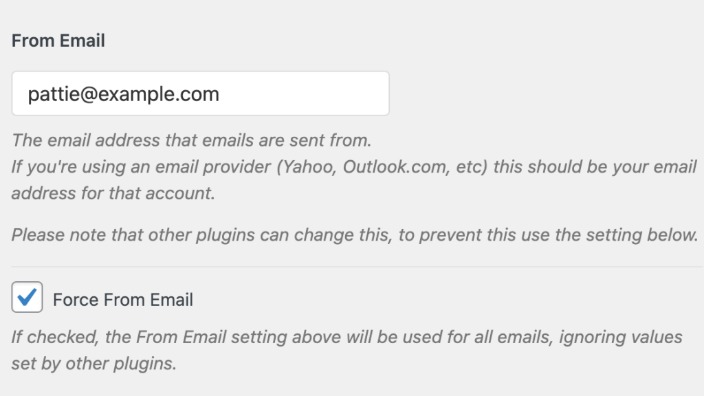You can further optimize and customise the Gzip compression settings based on your specific wants and web site content. Bear In Mind to regularly monitor your server’s efficiency to guarantee that Gzip compression is working as anticipated. This code tells Apache to compress recordsdata of the specified types before sending them to the user’s browser. For further assist or helpful data, we advocate you verify the official Apache web site.
The Means To Confirm Gzip Is Working
Additionally, GZIP compression can scale back bandwidth utilization and lower hosting prices, especially for web sites with high traffic. Enabling Gzip compression in Apache is a simple but powerful technique to significantly enhance your web site’s efficiency. By following the steps outlined on this information, you’ll find a way to cut back file sizes, improve loading speeds, improve consumer expertise, and enhance your search engine optimization.

Setup Jenkins On Ubuntu 2004 / 2204 And Run Jobs Are Root Person
The preceding configuration permits compression for MIME types that hypertext paperwork, cascading type sheets, and JavaScript recordsdata seem like in. To enable Gzip Compression edit your .htaccess file and add the next code/directiv to the file. If the output exhibits AvaHost deflate_module (shared), it means the module is already put in and enabled. GZIP compression just isn’t really helpful for non-text recordsdata, similar to graphical files and .zip recordsdata because it hardly saves house and might therefore increase the loading time.
- This process reduces bandwidth utilization and considerably improves page loading speeds.
- One efficient way to increase your website’s loading pace is by enabling GZIP compression.
- By including specific directives, you can instruct the server to compress files earlier than they’re despatched to the user’s browser.
- This compressing and unzipping only takes a fraction of a second with out the end user noticing.
Mod_deflate is the substitute of mod_gzip which was used with older model of Apache. This file is typically situated in the root listing of your web site and can be used to implement varied rules and directives. Examples embrace URL redirection, customized error pages, and extra, giving site owners the flexibility to optimize web site performance and user expertise easily.
